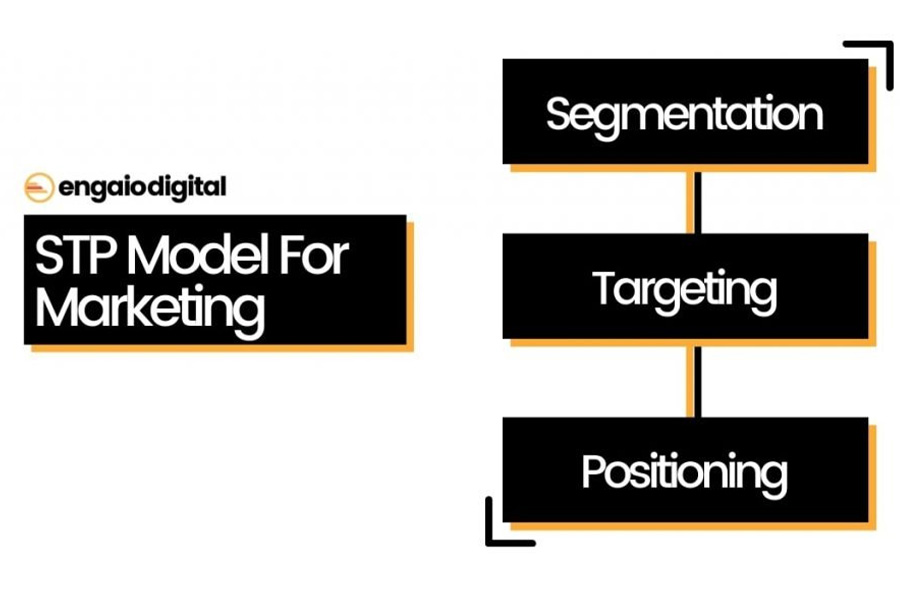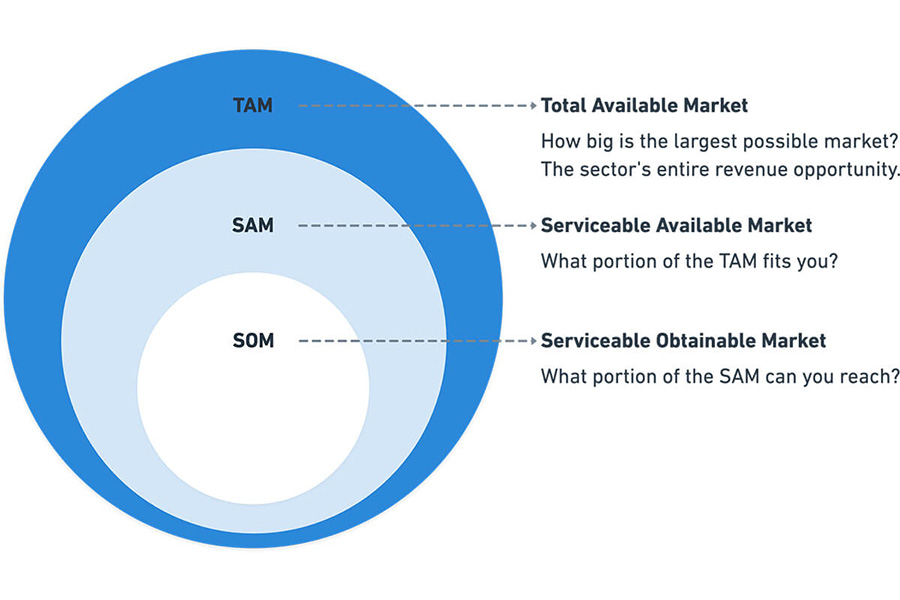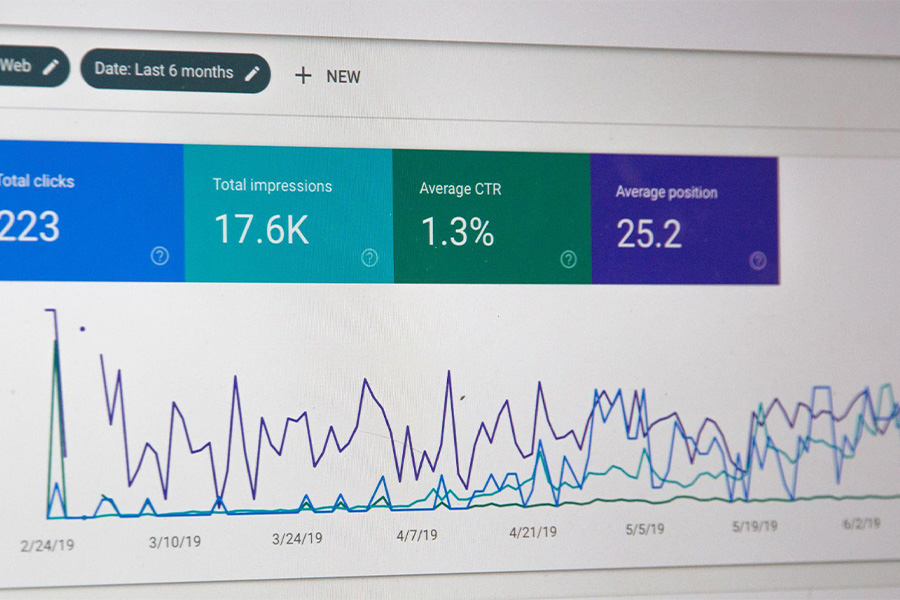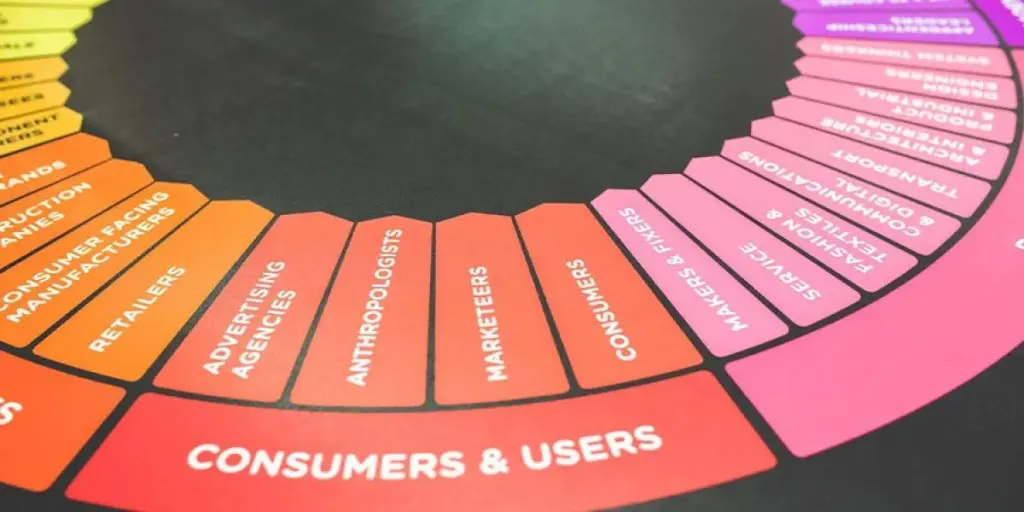Personalization has become an essential ingredient in the recipe for brand success—so much so that it can be considered a major force in marketing. In fact, 91% of consumers say they are more likely to shop with brands that provide offers and recommendations tailored to their needs; and 71% of consumers feel frustrated when a shopping experience is impersonal.
And in order for businesses to personalize their marketing strategies, they need to know who their customers are. The segmentation, targeting, and positioning (STP) model is a marketing strategy that helps identify the target customers and reach them with a personalized message that aligns with their values and interests.
But what exactly does STP marketing mean? What are the core three parts of this model? And how can eCommerce businesses implement it in their marketing strategy? Read on for the answers to these questions, so you can apply this strategy to your business today!
Table of Contents
What is STP marketing?
The three parts of the STP marketing model
How to use STP marketing in eCommerce
STP model: a great framework for small businesses
What is STP marketing?
Segmentation, Targeting, and Positioning (STP) is a customer-centric marketing approach that helps businesses to identify which customers are most likely to become leads and close sales. The STP model enables brands to understand their customers’ needs better and match them with relevant content, information, offers, and interactions. As a result, businesses will be able to reach the right audience at the right time with the right message.
The three parts of the STP marketing model
The STP marketing model consists of three main parts: Segmentation, targeting, and positioning. Let’s take a closer look at each one.

Segmentation
Segmentation is the process of dividing up a market audience into smaller groups or customer segments with similar needs and wants. It’s an essential phase as it helps businesses understand who their ideal customers are.
Commonly used criteria for segmentation include geographic location, demographic information like age and gender, behavioral characteristics like purchasing history or favorite product brands, and psychographic factors such as personality traits or lifestyle choices.
Targeting
After segmenting the market audience, it’s important to concentrate marketing efforts on those customer segments that represent the highest potential. The targeting phase helps to avoid wasting time and effort on less valuable audience groups. Here are some of the criteria that businesses can use to help choose their target customer segments:
- Size: how large a customer segment is and what are its growth expectations?
- Profitability: how much money each customer segment is willing to spend and what’s the lifetime value of customers in those segments?
- Attainability: how easy or difficult is it to reach each segment with the marketing efforts, and how much does it cost to acquire customers in each segment?

Positioning
Positioning is the final phase of the STP model where businesses communicate their brand’s unique value proposition to target customer segments, in such a way that they perceive it as superior to other competitors’ offerings. There are three focal ways to position a brand in the minds of customers:
- Symbolic positioning: enhance the self-image and boost the egos of customers by offering them luxury products or services.
- Functional positioning: find ways to solve customers’ problems and provide them with real value.
- Experiential positioning: create an emotional bond with customers by emphasizing the feelings they have when purchasing the product or service.
How to use STP marketing in eCommerce
Here is a handy step-by-step guide for creating an effective STP marketing strategy for eCommerce businesses.
Define the available market
When creating online marketing strategies, the first question businesses need to ask themselves is: what portion of the serviceable obtainable market (SOM) can I reach? This is the portion of the total available market (TAM) that a company can realistically target given its resources.
Let’s take Diet Coke as an example. The total available market would be everyone who drinks beverages! The serviceable available market would be those who prefer soft drinks—a smaller group but still a sizable one. Finally, we’d want to focus on those who drink carbonated sugar-free drinks specifically; and that’s our serviceable obtainable market.

Segment the target market
Because businesses want to reach their target audiences with highly personalized messages, it would be inefficient and impractical for them to utilize the same marketing messaging for all customers. That’s why segmentation is the most critical part of the STP model.
To illustrate how this segmentation process works, let’s take a fashion online store as an example. It may be tempting to simply divide the serviceable obtainable market into men and women (demographic segmentation), but this tactic will still leave the business with a broad group of customers.
By further dividing this target audience based on age (demographic segmentation) and lifestyle (behavioral segmentation), the brand can categorize its customers into 3 groups: generation X who tend to be conservative in their fashion style, millennials who are more fashion-wise, and generation Z who have little or no disposable income.
Develop segment profiles
The next step is to create profiles for each segment of customers. This will help the brand understand what motivates them, how they make purchase decisions, and even who their influencers are. Segment profiles, or buyer personas, should describe brand preferences, shopping traits, marital status, etc. The more detailed the segment profiles are, the easier it will be for the brand to speak directly to each group’s unique needs and wants when creating content or marketing campaigns.
For example, a customer profile for a millennial persona could be called “Jane”. She’s a 24-year-old woman who lives in Los Angels and works as a fashion model. Her income is approximately US $80,000-$100,000 per year. Jane likes to shop for clothing online and prefers brands that are high-end and trendy. She’s also into fitness and enjoys working out at the gym on most days of the week. Her favorite brands are Alexander Wang and Marc Jacobs as they both offer edgy styles that fit her youthful personality.
Evaluate the potential of each segment
Once a business has identified its customer segments, it needs to figure out which ones are the most profitable. To get started, brands can look at how many customers there are in each segment and their growth rates over time. After that, they can analyze the price sensitivity of each customer group. Does this segment tend to spend more or less on their purchases? Are they looking for something cheap or something expensive? Are they willing to pay extra for a better product?
Another factor to consider when evaluating the commercial potential of customer segments is brand loyalty. How loyal are these customers to a particular brand? If they are very attached to a competitor’s product, then it’s probably not worth it for a business to try acquiring them as they’re already satisfied with what they have. One way for brands to get an idea of these factors is by using market data from third-party sources or conducting their own consumer research.
For example, focus groups are a common method in which a small sample of customers are asked about their experiences with different products or services and why they make certain purchasing decisions. Surveys are another cost-effective method to gather information about potential customers’ demographics and their shopping behavior. They are questionnaires that allow businesses to collect data from a large number of people in a timely manner. Brands can also refer to existing customer data from past advertising campaigns or website analytics (e.g. how customers visited specific pages, clicked on certain links, or interacted with a banner ad).

Select the target segments
Now that businesses have a clear understanding of each customer segment, it is time to decide which ones will be the focus of the marketing efforts. In choosing target segments, it’s valuable to consider not only the financial value of those audiences but also their competitive environment. Are there other companies offering similar services or products within this segment? If so, how can brands differentiate themselves from the rest of the crowd?
Furthermore, businesses should consider their overall business strategy when determining the most viable customer segments. For instance, if one of the goals of the business is to create product lines that support sustainable living practices and don’t harm animals or ecosystems, then it would make sense to target eco-conscious customers who consider sustainability to be an indispensable factor when making purchasing decisions.
Develop a positioning model
Developing a positioning strategy is the final step in the STP marketing model. The positioning strategy is what sets a business apart from the competitors and allows it to stand out in the minds of the target segments. The best way to do this is by using a product positioning map, which is basically just a visual representation that shows where a brand or product sits in relation to its competitors on important factors like price, quality, and uniqueness.
For example, the map below shows how a brand’s backpack stands in the market compared to competitors’ backpacks in terms of two variables: material quality and size. The upper right quadrant represents backpacks that are spacious and made from high-quality nylon, while the bottom left quadrant represents compact backpacks that are made from cheap synthetic polyester plastic.

Businesses can use these position maps to clearly define the unique selling point of their product(s). For example, suppose a brand is selling luxury handbags to women. In that case, it could adopt a prestige-based positioning strategy—offering customers a boost in status and a symbol of their wealth and social standing.
STP model: a great framework for small businesses
In summary, the STP model helps businesses divide their customer base into groups based on common traits/behaviors and then create a marketing strategy that resonates with those needs. This is a great marketing framework for small businesses and start-ups to explore hyper-focused market segments and discover growth opportunities, without spending a fortune on advertising and competing with the industry giants. Learn more about how to use marketing strategies to grow an online business with this article on the concept of brand awareness.




